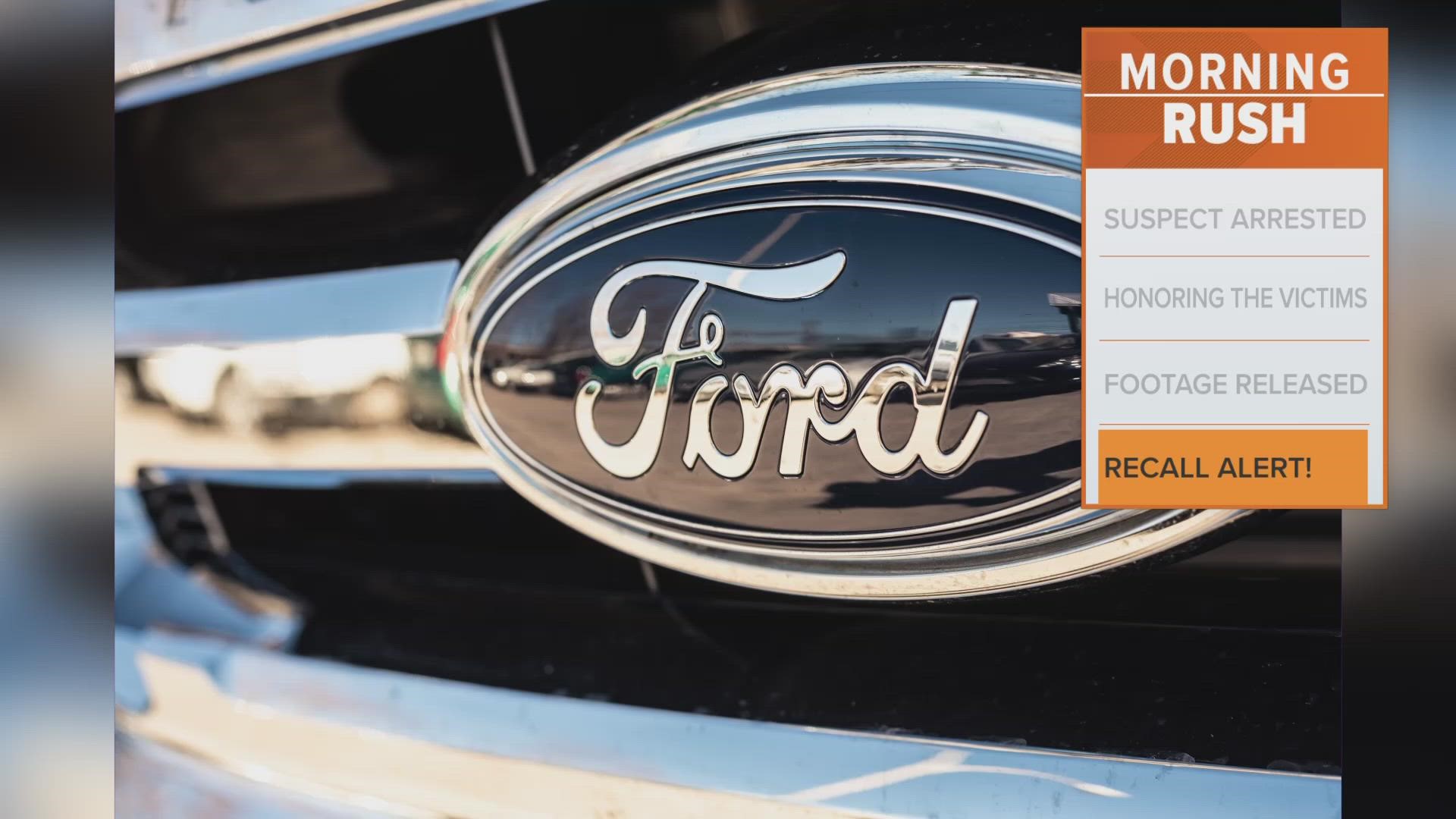DETROIT — Ford is recalling over 422,000 SUVs in the U.S. because the image from the rear camera may not be displayed.
The recall covers certain Ford Explorers and Lincoln Aviators from the 2020 through 2023 model years, as well as 2020 through 2022 Lincoln Corsairs. All have 360-degree cameras.
Some of the vehicles were recalled for the same problem earlier this year, but the remedy didn't work.
The National Highway Traffic Safety Administration says in documents that the lack of a rear camera image can cut visibility, increasing the risk of a crash.
Ford says it's working with parts suppliers to identify the cause and develop a repair. Vehicles that were fixed under a January recall will have to be repaired again.
When the vehicles were first recalled back in January, the company said it had more than 2,000 warranty reports about the problem. It was also aware of 17 minor crashes but no injuries.
Earlier this years, the U.S. government's road safety agency said it has closed a more than six-year investigation into exhaust odors in Ford Explorer passenger cabins, determining that the SUVs don't have high levels of carbon monoxide and don't need to be recalled.
The National Highway Traffic Safety Administration says it reviewed more than 6,500 consumer complaints, tested SUVs in the field and called in automotive, medical, environmental health and occupational safety experts before making the determination.
The probe covered nearly 1.5 million Explorers from the 2011 to 2017 model years and involved complaints of sickness and crashes that involved three deaths and alleged there were 657 injuries. Many complaints came from police departments that used Explorer Police Interceptors as patrol vehicles.
But the agency said in documents that it used rigorous test methods to send exhaust gas into vehicles. No Explorers with bodies that were sealed under a 2017 Ford field service campaign had carbon monoxide levels that were higher than Environmental Protection Agency limits.
The agency determined that sealing issues due to installation of sirens, lights, cages and other items were responsible for the highest measured carbon monoxide levels in vehicles it tested. The highest carbon monoxide levels in consumer vehicles were usually traced to sealing issues caused by repairs after rear crash damage, NHTSA said.

